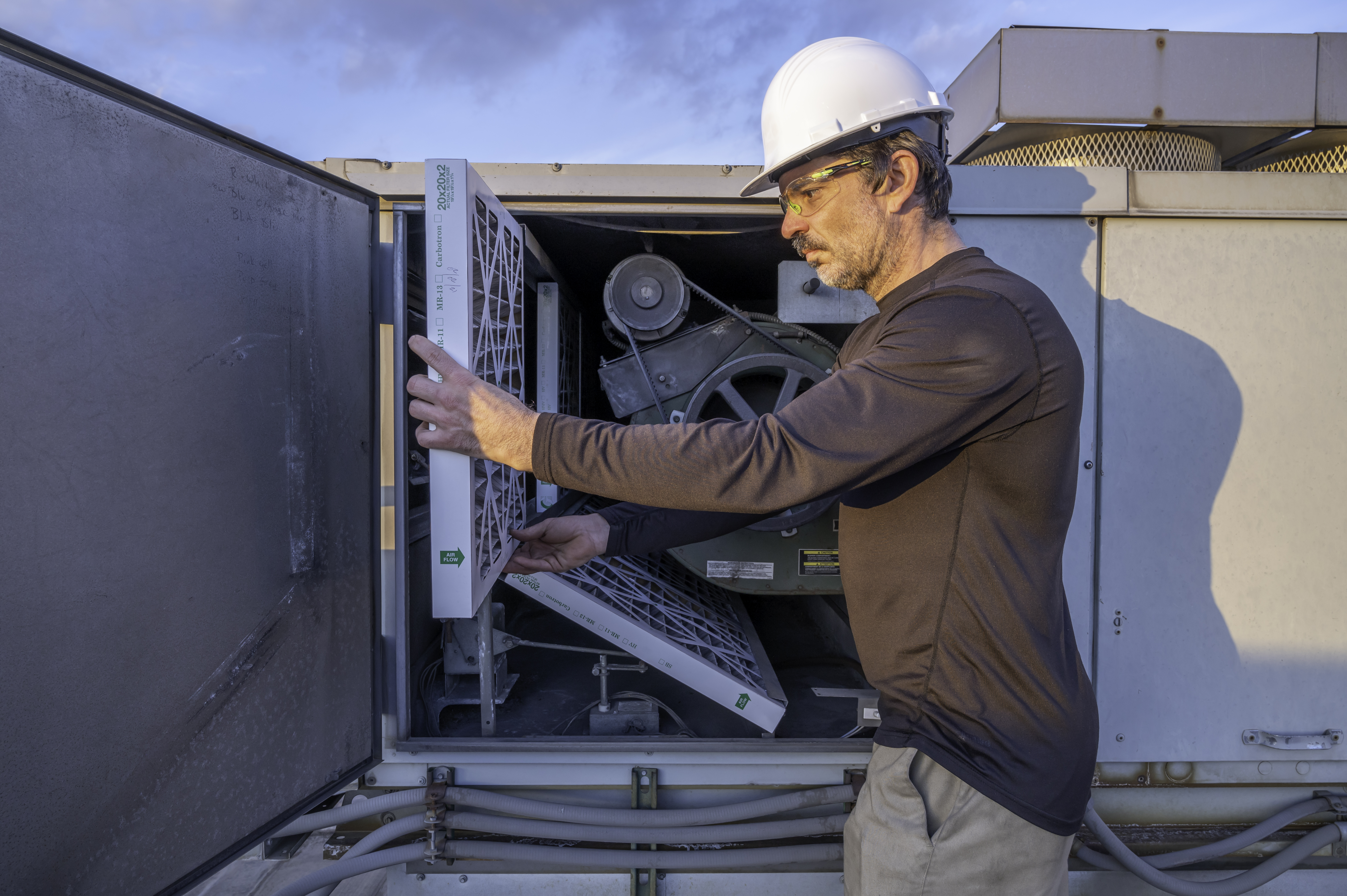
Explore factors influencing oil furnace replacement cost, additional expenses, and savings tips. Make an informed decision for a cozy home.
Don’t sweat this easy test


Your supply and return air vents balance the air temperature and humidity in your home. That’s why finding and testing them to make sure they’re working properly is something you should do every year. This guide will help you find your home’s return and supply air vents, determine what function each of them serves, and fix common problems that arise with them.
There are two types of air vents in your home: return and supply air vents. Your supply air vent is more noticeable, as it’s the one blowing the cooler air into your home. Meanwhile, return air vents can be a bit trickier to find. They gather warmer air, pulling it into the ductwork. From here, your HVAC reconditions the air, removing the warmer molecules from it. Upon doing so, it dispenses the reconditioned air through your ductwork and back out into your living space through the supply air vents.
This task is pretty simple, and it doesn’t require many materials on your part. Gather a flimsy sheet of paper or tissue. Also, have a microfiber cloth soaked in warm, soapy water to clean dusty or dirty air vents. You can also use a handheld vacuum or a brush attachment to remove particles from the air vents. Doing this ahead of time allows for cleaner air to filter into and out of your home while improving airflow. Also, you’ll want a ladder or step stool ready to inspect hard-to-reach air vents.

You’ll want to turn on the HVAC system that way you have air blowing through your vents. This ensures you’ll be able to properly identify the types of vents you have.
You can find air vents along the baseboards, on your walls, or on the ceiling. You might need a step stool or ladder to access vents on the ceiling or wall. Just make sure the ladder or step stool is level on the floor before climbing it. Even better, have a friend or family member spot you as you test your vents.

Once you find the air vent, take the piece of paper or tissue and place it six inches in front of the air vent. If the vent tries to blow the paper into the room, you’ve found your supply vent. Meanwhile, if the vent appears to try to suck your piece of paper in, you’ve found a return air vent.
When you encounter an air vent that doesn’t try to pull in air or blow it out, there could be a problem with your HVAC system. Here are some of the most common issues homeowners have:
Dirty ductwork can impede airflow through particle buildup. Once every three to five years, have your air ducts cleaned. The average air duct cleaning costs around $40, but the size of your home, condition of your ductwork, and types of ductwork all play a role in the total price.
At least once a year, you should do a DIY duct leakage test. Do this by finding the duct joints, where two come together then run your hand around checking for air leaks. You can also notice an imbalance if parts of your home are warmer than others, signifying there might be improper airflow in your home.
Have your local duct installer take a look at the system if it’s imbalanced. If your ducts are older than 15 years, then you might have to replace them. At that time, your technician can help you determine the most efficient ductwork for your home and help you discover creative ways to hide ductwork.
You might have the compulsion to close vents in rooms you’re not using to avoid heating or cooling them unnecessarily. However, closing vents in unused rooms creates a temperature and humidity imbalance in the air, putting more work on your home’s HVAC system. In turn, you can experience stuffy rooms, higher energy bills, and your air conditioner kicking on more. Therefore, when you go to see what kind of vents you have in each room, make sure they all stay open too.
You can hire an HVAC pro to locate these vents for you during an inspection or tune-up. A service call ranges in price from $100 to $250, and this doesn’t take into account any problems they find when inspecting.
Meanwhile, for under $100 (less if you don’t need to buy a ladder), you can do the project yourself. Best of all, it will only take a few minutes to test each one. And it’s a good way to ensure each vent is clean while doing so.
From average costs to expert advice, get all the answers you need to get your job done.

Explore factors influencing oil furnace replacement cost, additional expenses, and savings tips. Make an informed decision for a cozy home.

Whole-house humidifier costs vary based on the type and size of the unit, along with other factors. The price might be worth it for people living in dry regions.

Discover the true window AC unit installation cost to learn about labor, permits, and ways to save on your window AC project.

Learn how to add Freon to your AC unit with our step-by-step guide, and keep your home cool with a properly functioning AC unit.

Wondering who to hire for swamp cooler installation? Learn when to call an HVAC contractor, electrician, or handyperson, and what to expect.

Figuring out how to eliminate ductwork noise may require anything from replacing the ducts to changing the filter. Learn more about fixing this issue.